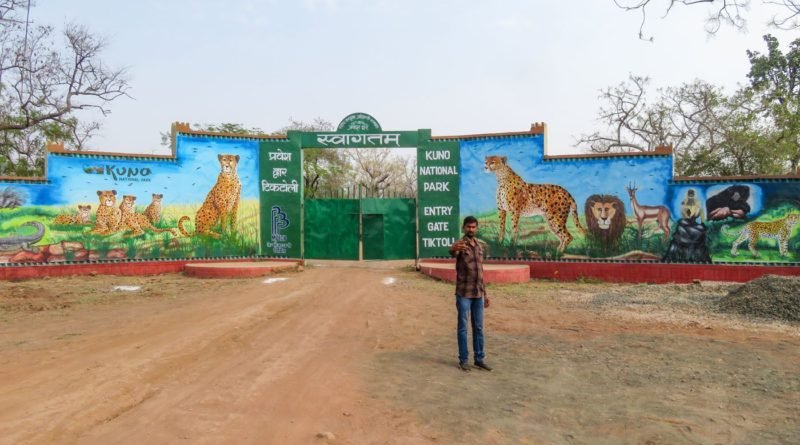Kuno National Park is a Great Place to Visit
Found in the middle of the Sheopur district and part of the Vindhyan Hills in Central India, the national park and Kuno wildlife sanctuary has three entrance gates. One if from Sasaipura village and is the Tiktoli gate, one is from Pohri village and is the Ahera gate and one is from Agra village and is the Peepal Bawadi gate. Here is a closer look at why you should visit it!
What to do at Kuno National park
As well as being a place where there is a lot of conservation work that happens, and somewhere you can explore various animals, birds, and plants, there is also political and historical importance to the area and many areas that interest different tourists.
Kuno wildlife sanctuary was established over 30 years ago with an area of just around 344sq km. Now that is up to 924sq km to give the sanctuary a buffer zone between the animals and the human villages around it. In the 1990s it was a site where efforts were made to establish a second Asiatic lion population in India, and recently it was where cheetahs were chosen to be reintroduced. Its official status as a wildlife sanctuary was changed in 2018 when it was enlarged again and made a protected national park.
There is a lot of plant life, including grassland, dry savanna forest, Anogesissus pendula scrub and forest, Butea forest, tropical riverine forest and more. Some of the most dominant tree types are the Salai Boswellia serrata, the Acacia catechu, and Palash Butea monosperma. Some of the main shrub species are Hopbush viscosa, Grewia flavescens and Vitex negundo. Some of the grass includes Aristida hystric, Heteropogon contortus and Cenchrus ciliatis.
Animals such as the Indian leopard, sloth bear, jungle cat, Indian wolf, wild boar, fox, hyena, deer, antelope, honey badger, mongoose, hare, crocodile, turtles, and gray langur can also be found to name just a few. For birdwatchers, there are more than 120 species to find including several types of vulture, eagle, owls, harriers, kestrels, cranes and buzzards. Then there are kites, peafowl, nightjar, sandgrouse, stork, shrike and more.

Different Forts Near Kuno National Park
With the Independence of India, the Kings of each princely state eventually chose to join the republic of India and their land and forest regions became the governments. Most of the fortresses they had built were left behind and many are slowly being reclaimed by the nature around them.
Here are some of the forts you might explore in the Kuno National Park Area.
Palpur Garhi
Having sat on the banks of the Kuno river for more than 500 years, this fort served as a sanctuary to Chandravanshi Raja Bal Bahadur Singh from 1666. It is an imposing structure and quite something to see at sunset across the river.
Amet Fort
While this fort is almost completely claimed now by shrubs it was once part of Chandravanshi Raja Bal Bahadur Singh’s holdings too.
Maitoni Fort
Its huge arches are really something to see, and while its once strong walls are now quite weakened it is still a piece of history worth seeing and exploring.




